The main function of a
universal joint cross, also known as a U-joint, in a mechanical system is to transfer rotational motion between intersecting shafts that are not in line with each other. It allows the transmission of torque while accommodating angular misalignment between the shafts. The U-joint achieves this by utilizing a cross-shaped design with four arms or trunnions connected to the ends of the shafts.
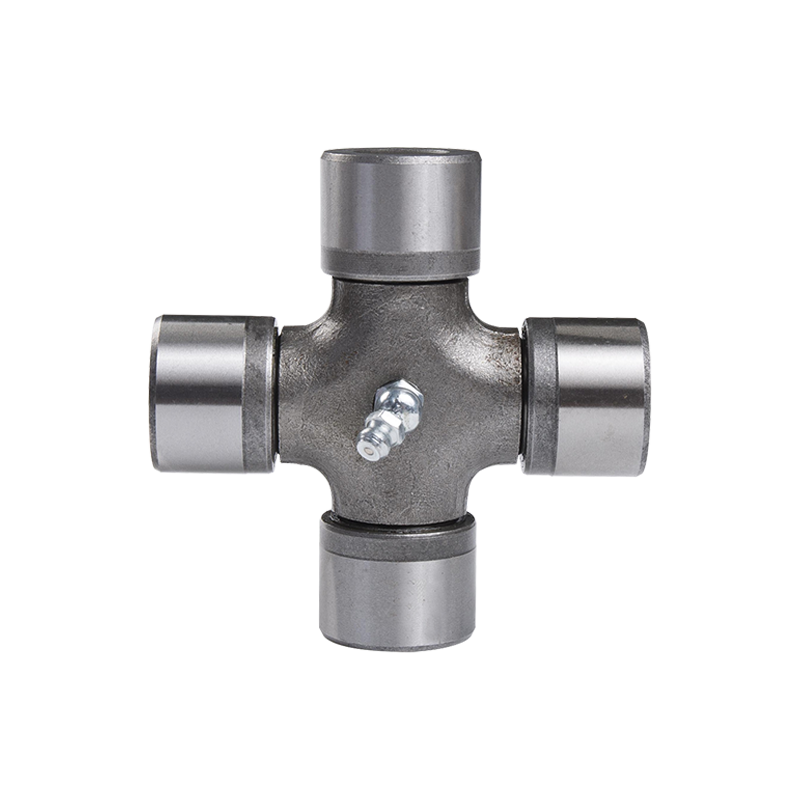
Key functions of the universal joint cross include:
Flexibility: It permits rotational movement even when the shafts are not perfectly aligned, enabling the smooth transmission of power between shafts at varying angles.
Torque Transfer: By allowing angular movement between shafts, it effectively transfers torque from one shaft to another, even when they are not in a straight line.
Absorbing Misalignment: It compensates for misalignment between the shafts, reducing vibration and wear that might occur in a system due to angular differences.
Enabling Mobility: It provides the ability for machinery or vehicles to transfer power effectively, even when the connected parts are subject to movement, such as in steering systems or driveshafts in automotive applications.
The design and functionality of the
universal joint cross make it a critical component in various mechanical systems, including automotive drivetrains, industrial machinery, and other applications where torque transmission is necessary between non-linear shafts.

 English
English Español
Español 中文简体
中文简体


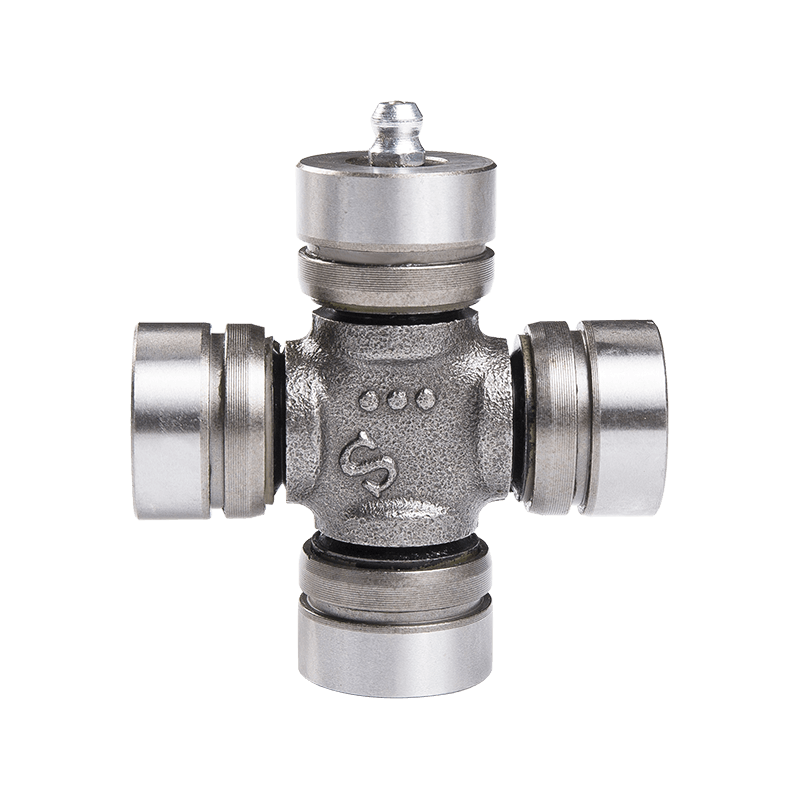
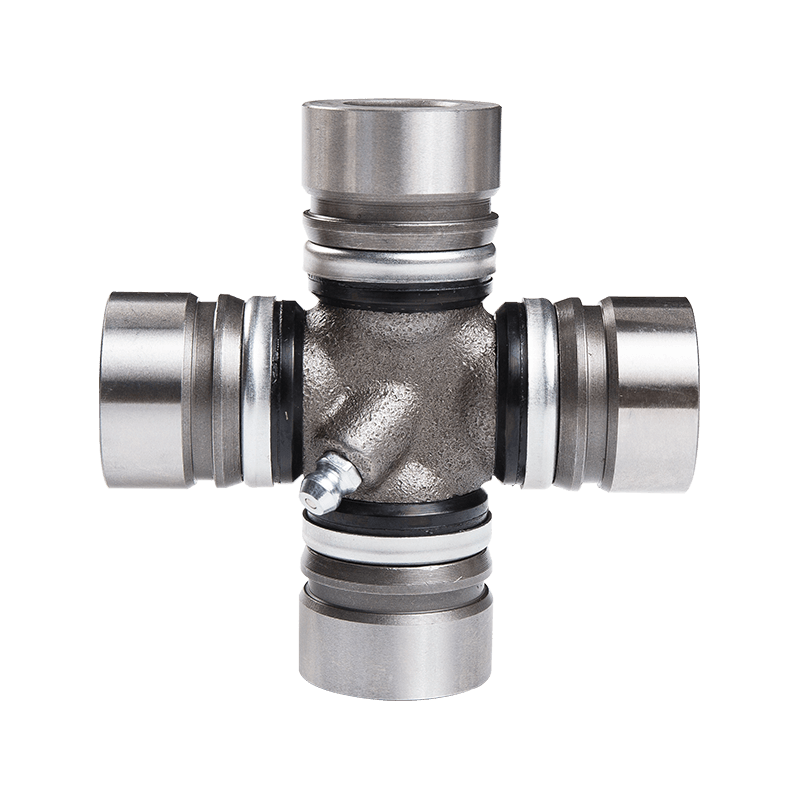
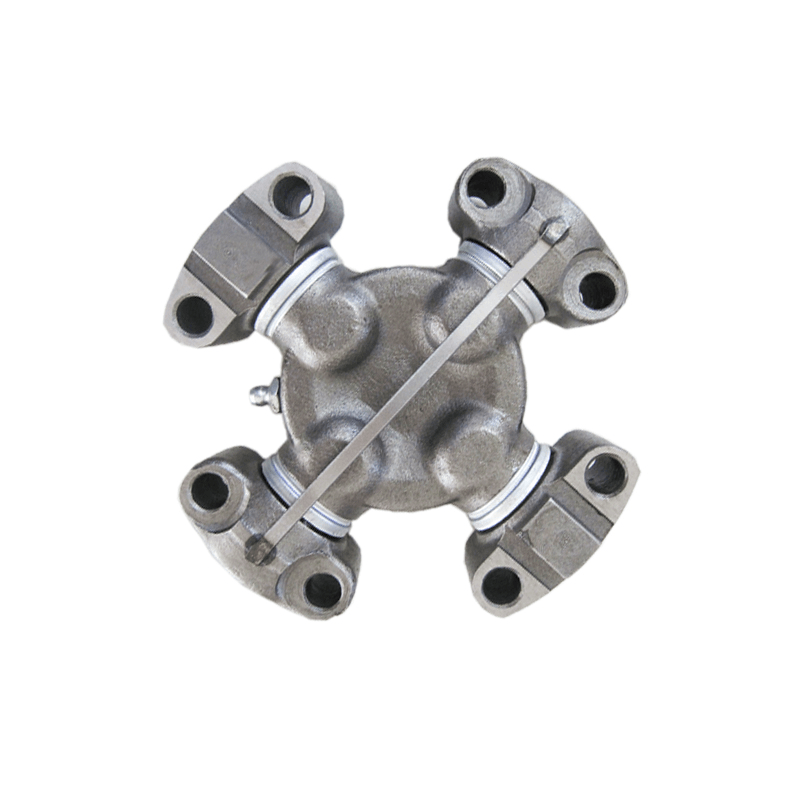
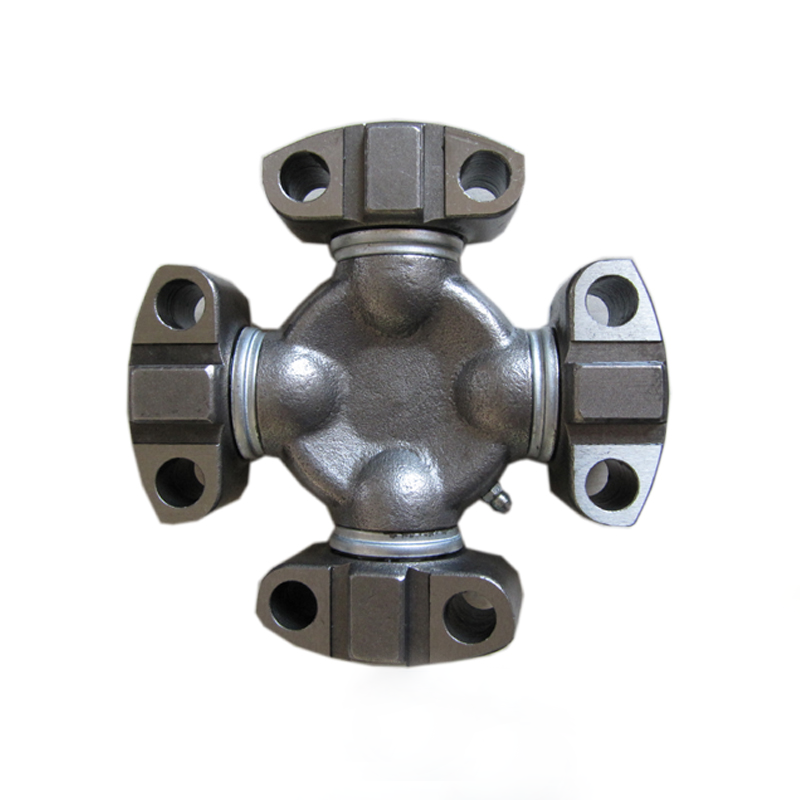
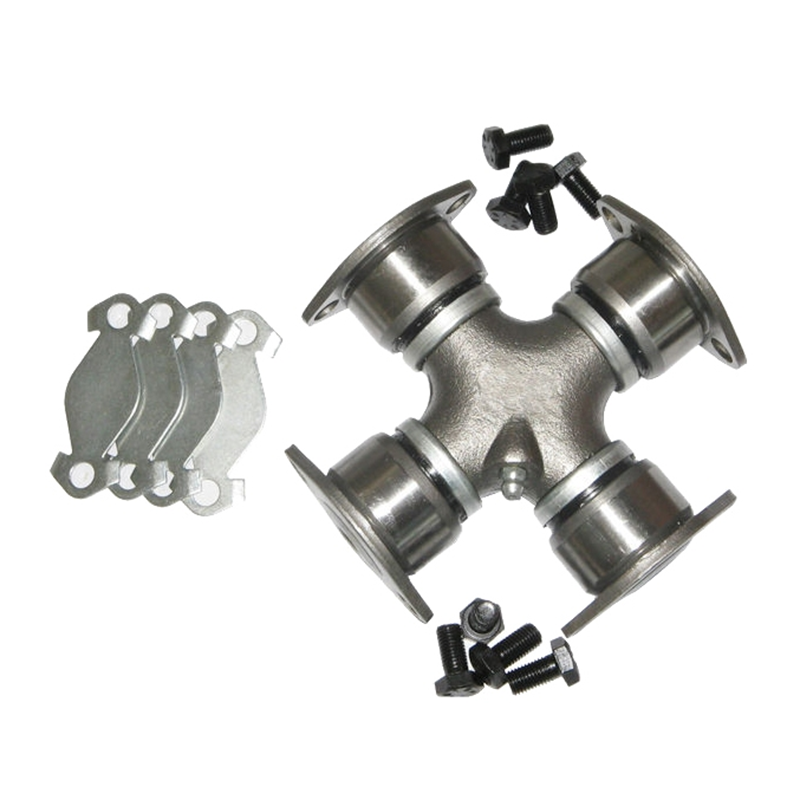
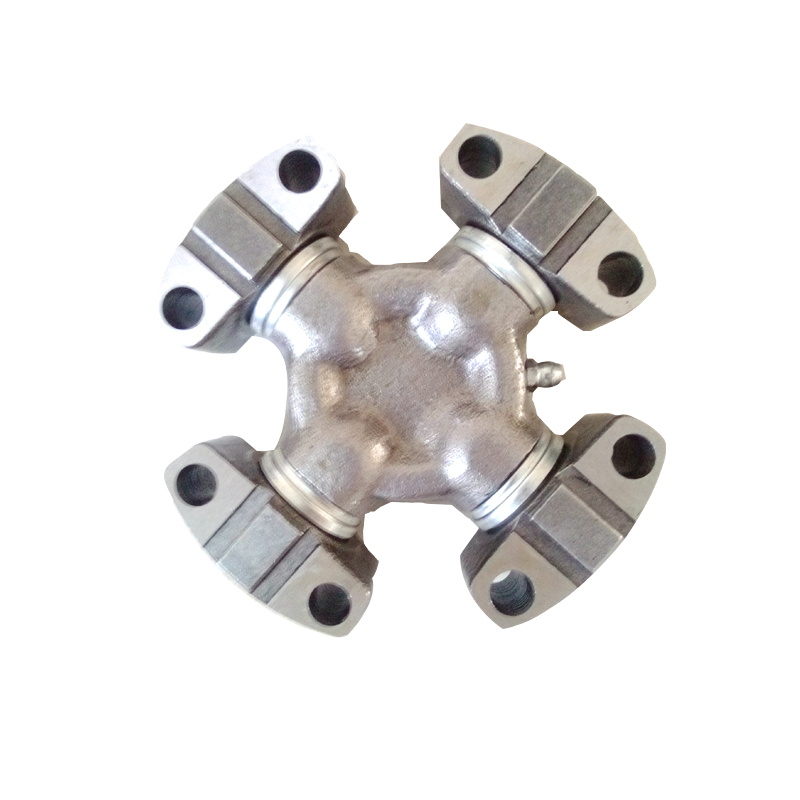
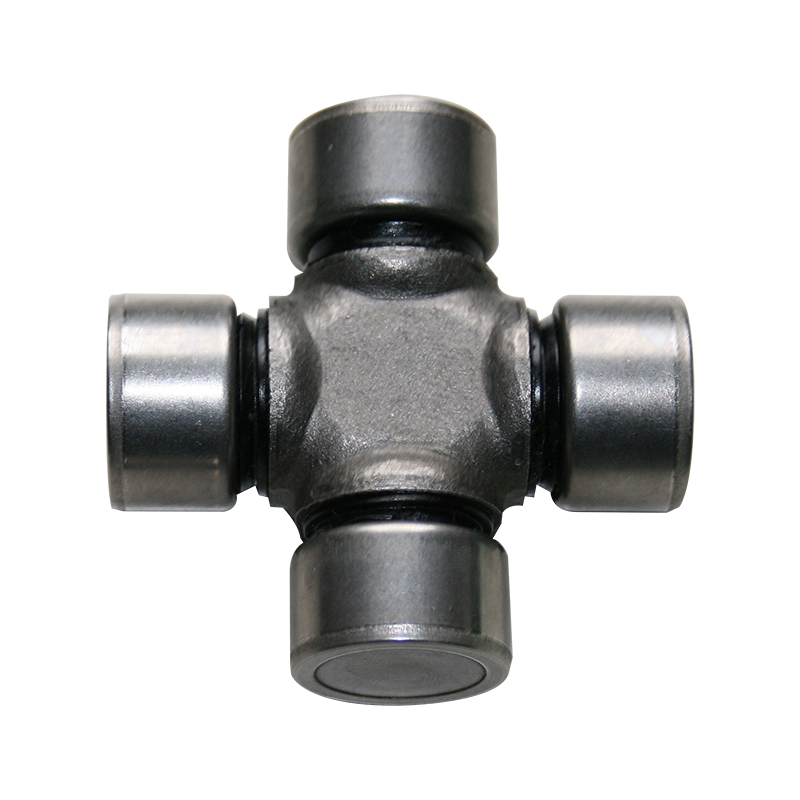
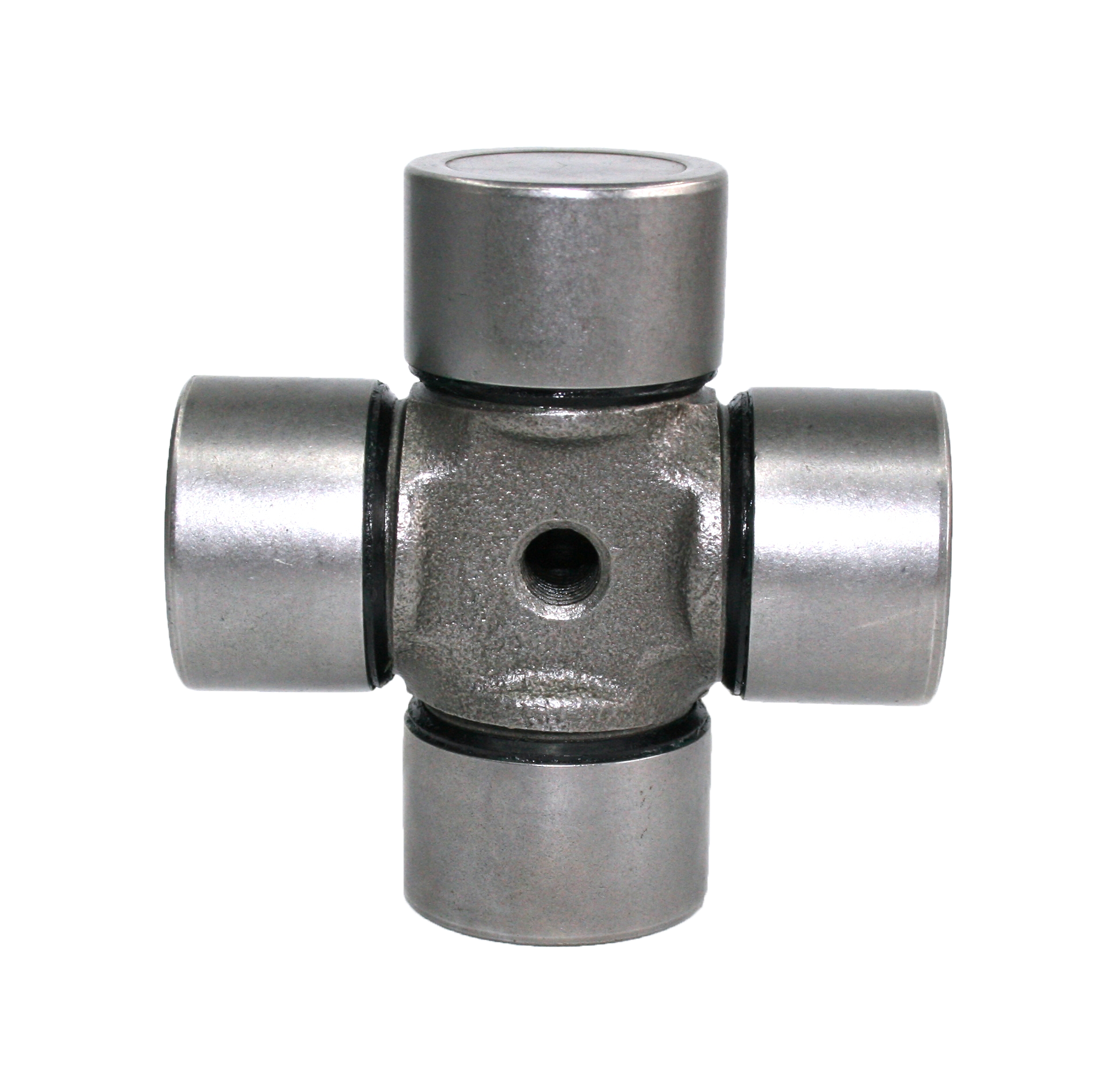
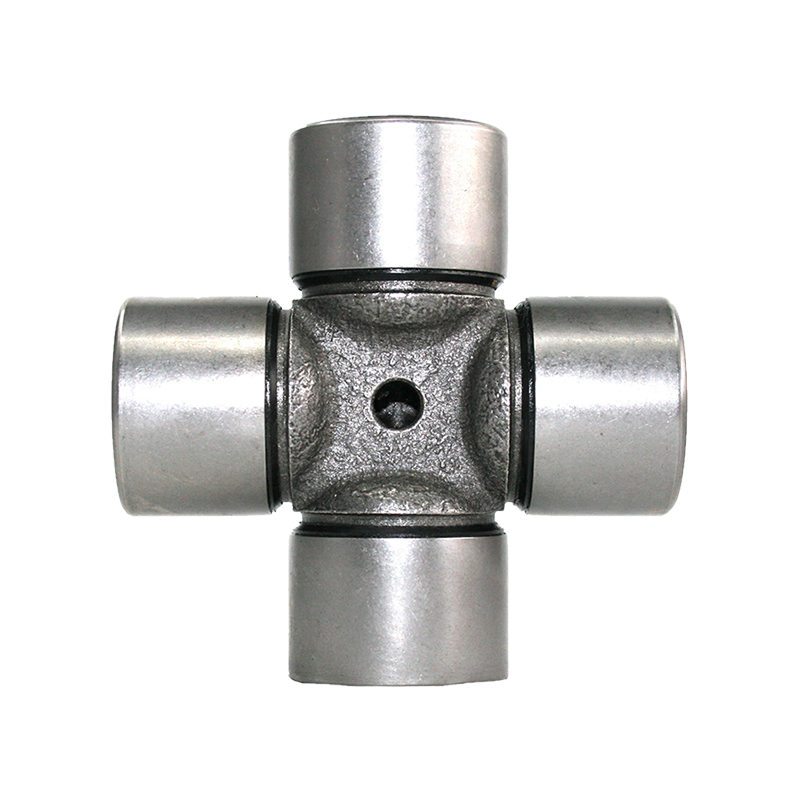
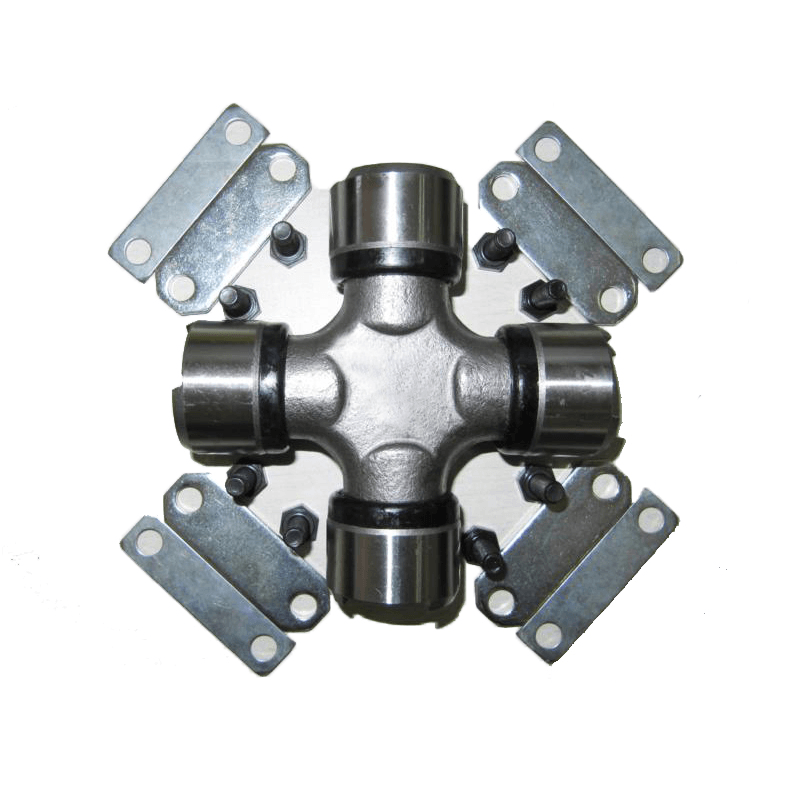
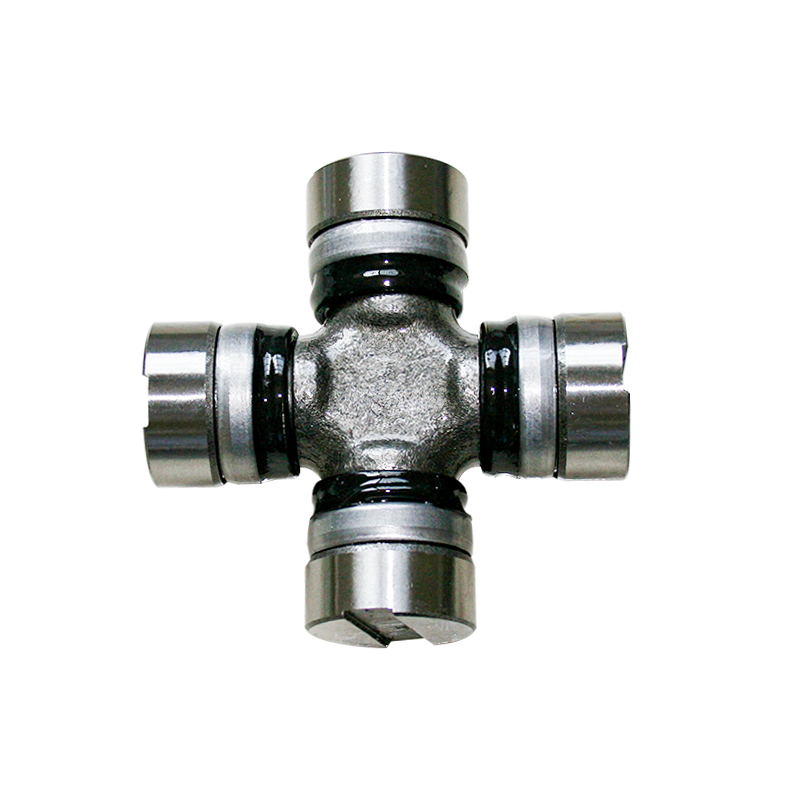
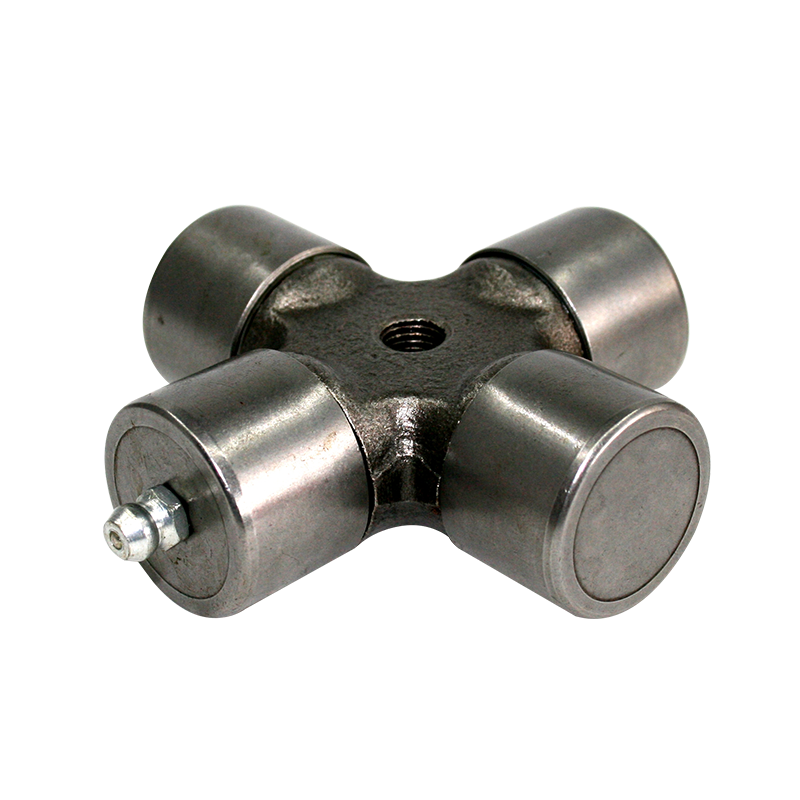
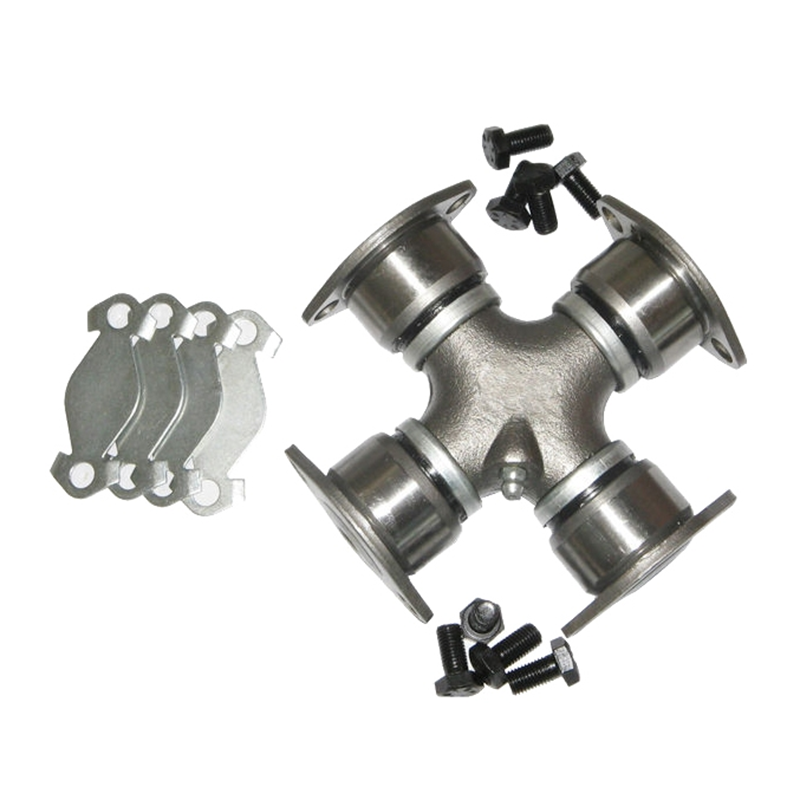


Contact Us